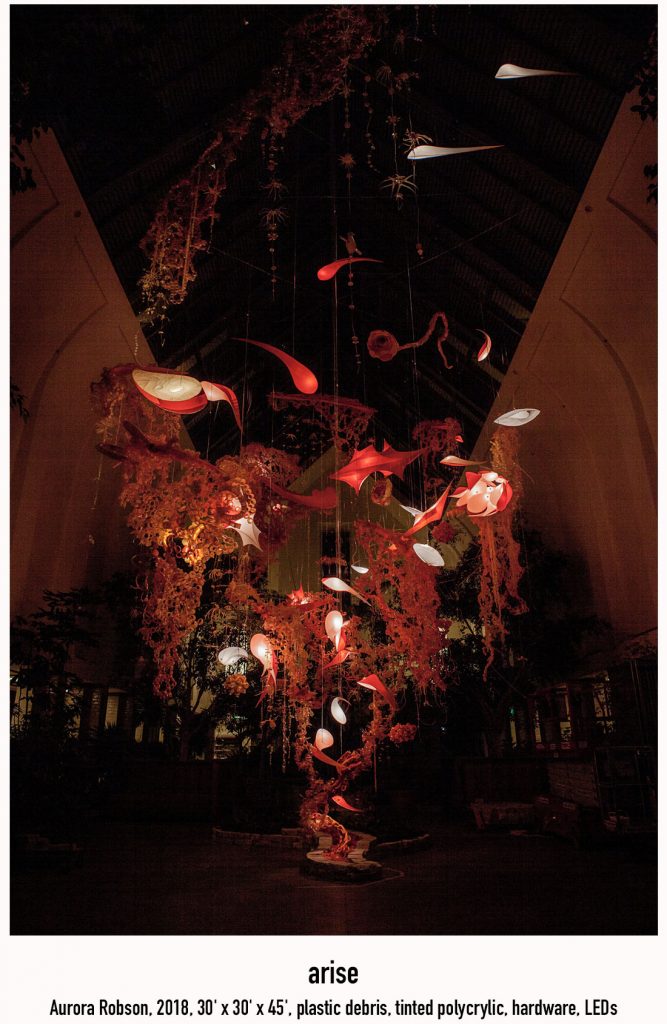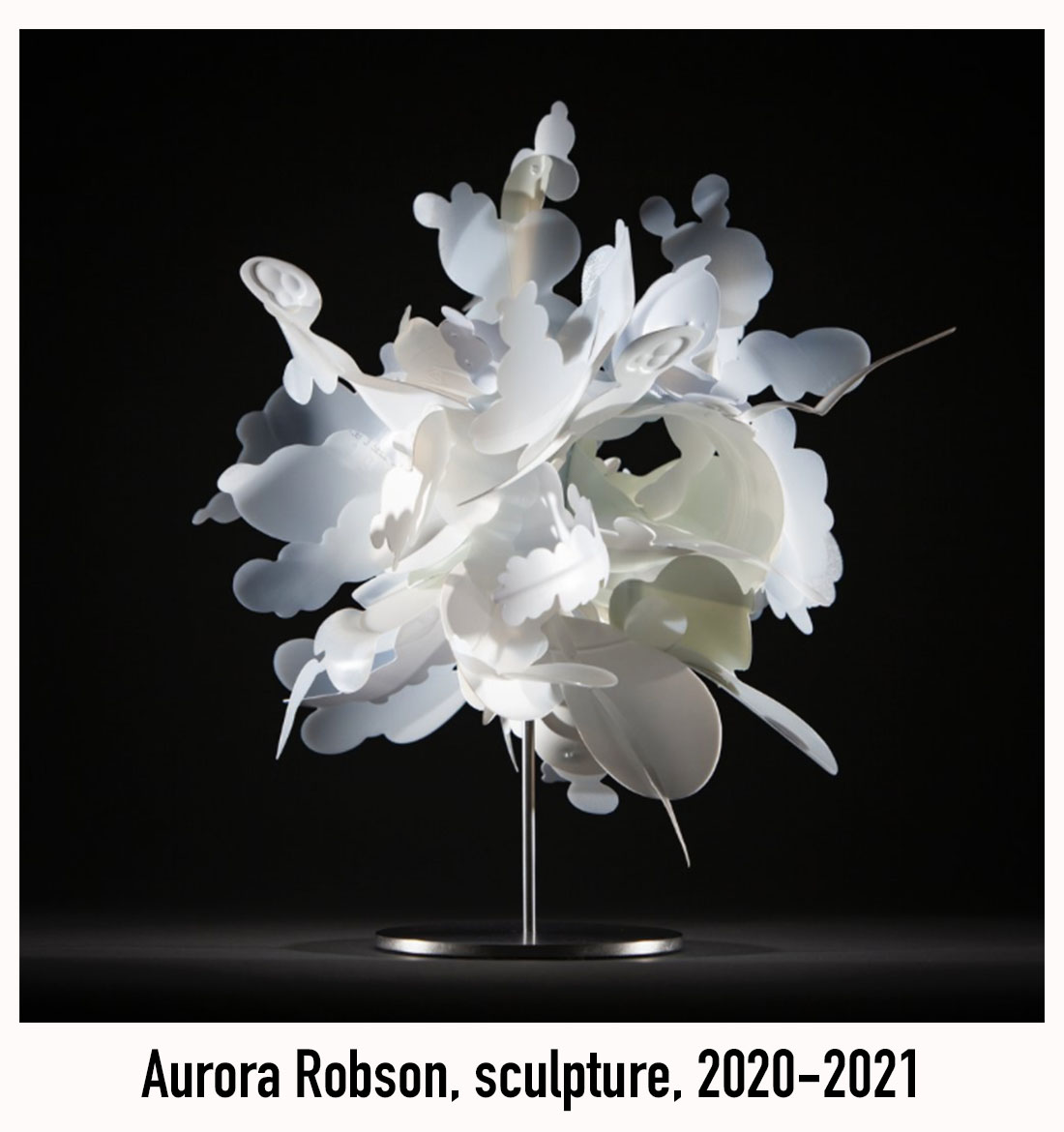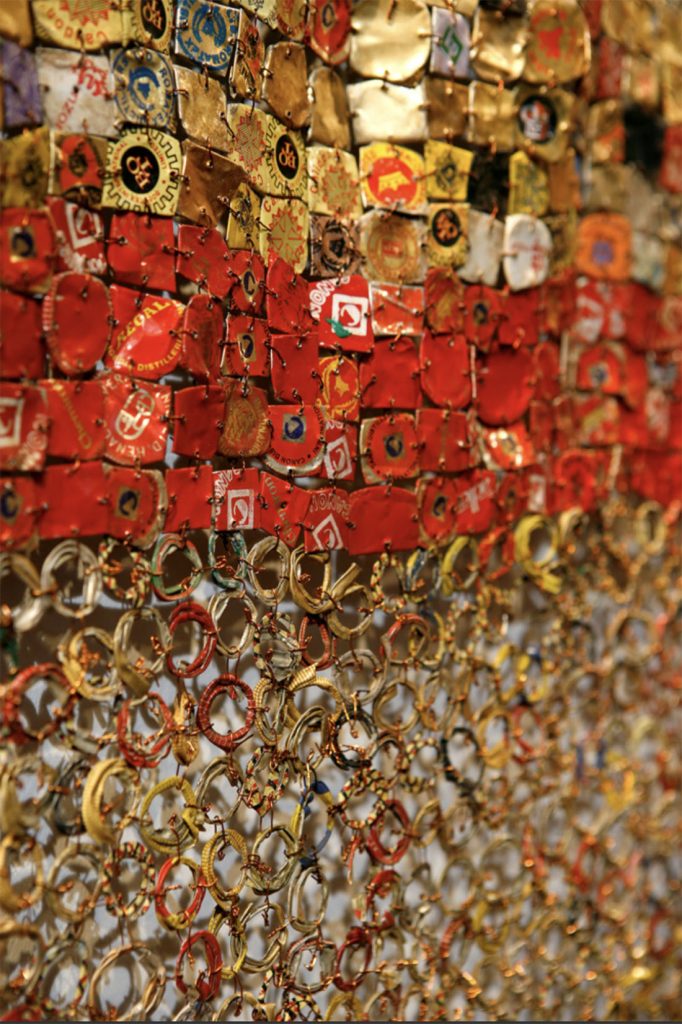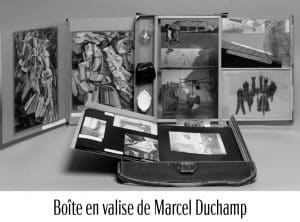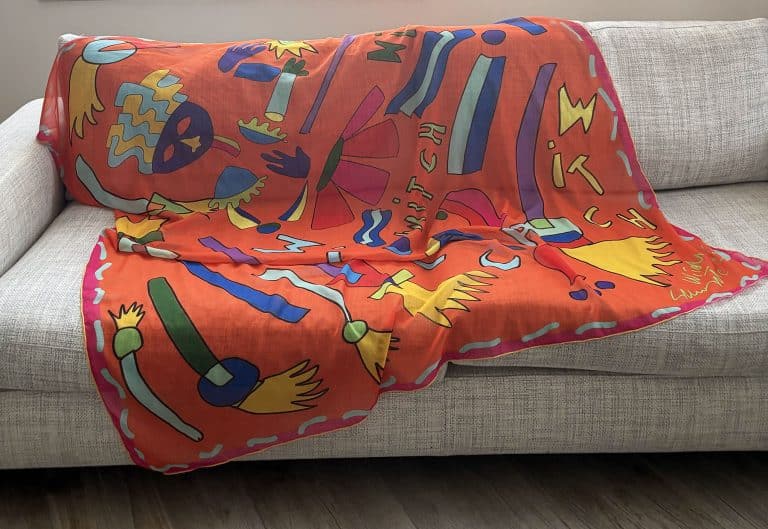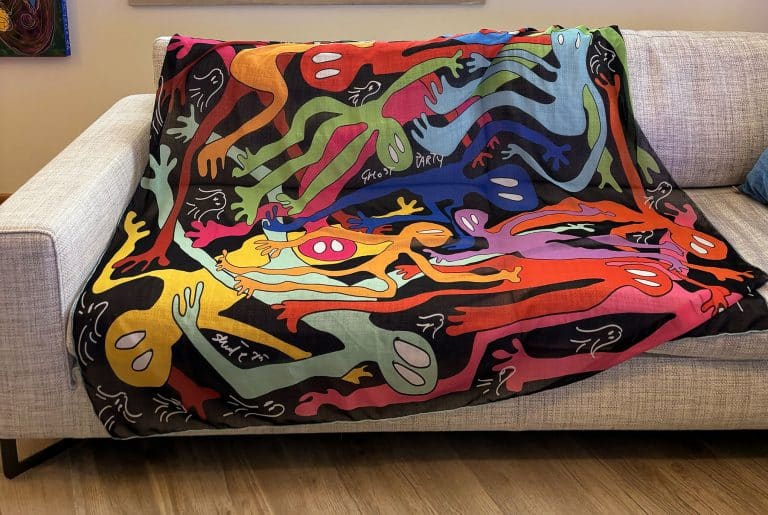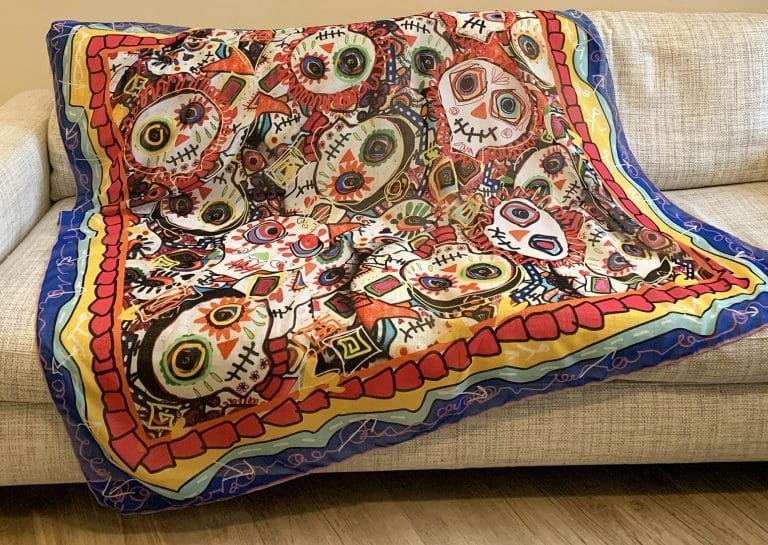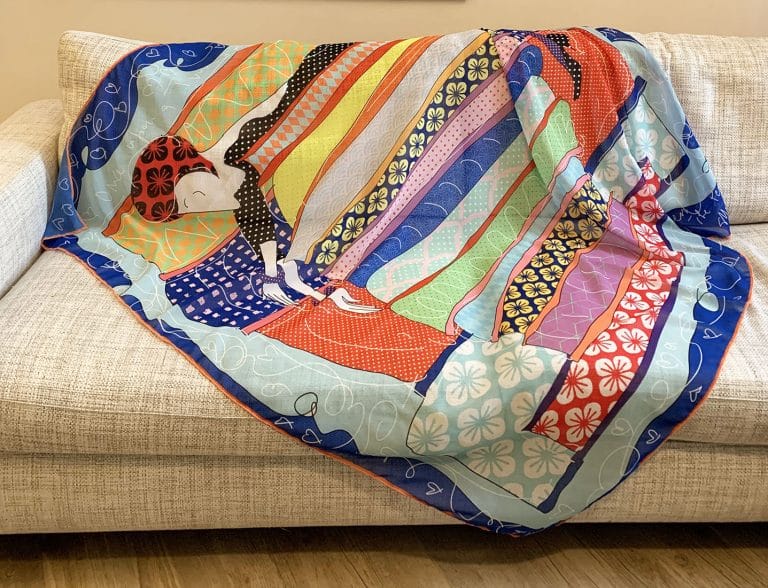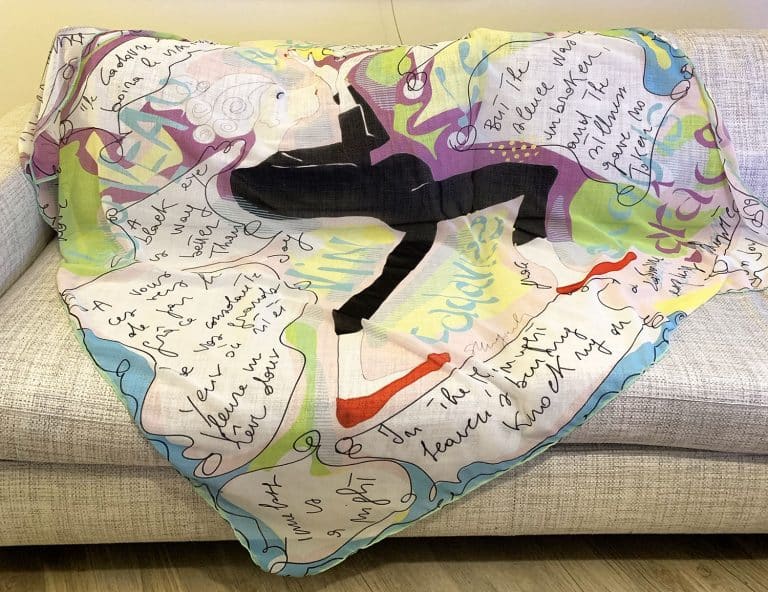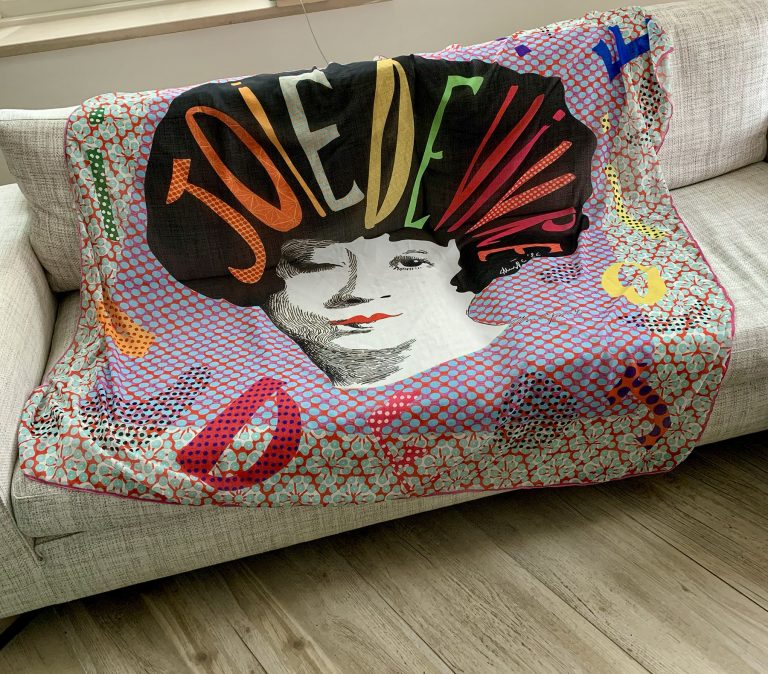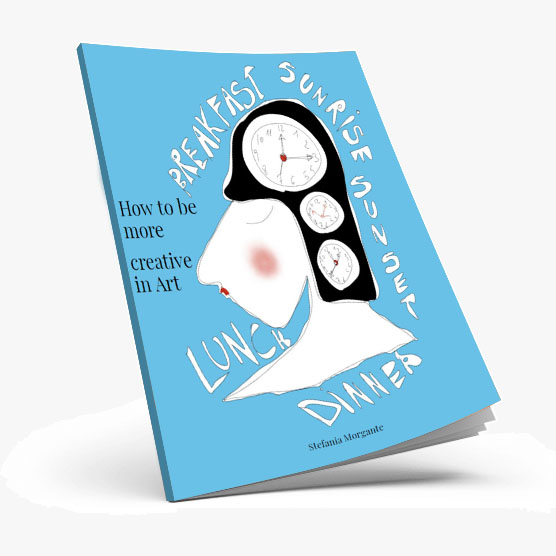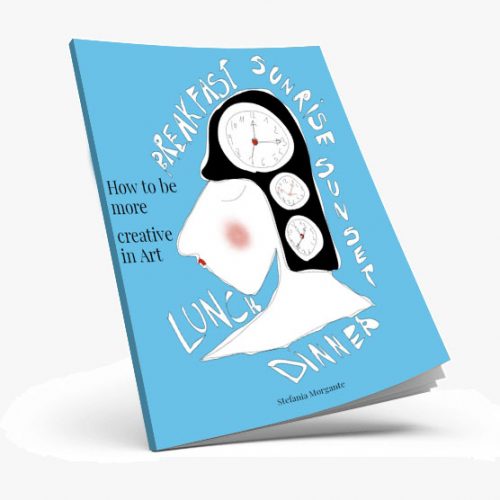Unveiling the Beauty of Artwork Crafted from Recycled Materials.
In a world that is becoming increasingly conscious about the environment, artists are finding innovative ways to create beauty while promoting sustainability. Welcome to the world of sustainable masterpieces, where artwork crafted from recycled materials takes center stage. By repurposing discarded items and giving them new life, these artists are demonstrating the power of creativity in addressing the global issue of waste.
With a keen eye for seeing potential in the most unexpected places, these artists transform ordinary objects into extraordinary works of art. From sculptures made from reclaimed metals to paintings created with recycled paper, their artwork not only captivates the viewer but also serves as a reminder of the importance of recycling and reusing.
Through their masterpieces, these artists encourage us to reconsider our relationship with the things we throw away. By highlighting the beauty that can emerge from recycled materials, they inspire us to view waste as a valuable resource. Join us as we delve into the fascinating world of sustainable art and discover the stunning creations that arise from the marriage of creativity and environmental consciousness.
The importance of recycled materials in artwork.
Art has always been a powerful platform for expressing ideas, emotions, and social commentary. In today’s world, where environmental concerns are at the forefront of global conversations, artists are finding new ways to create impactful and meaningful artwork by using recycled materials. By repurposing discarded objects and giving them a second life, these artists are not only reducing waste but also showcasing the beauty that can emerge from unconventional sources.
Using recycled materials in artwork serves a dual purpose. Firstly, it helps to alleviate the burden on our planet by reducing the demand for new resources. Instead of contributing to the cycle of extraction and production, artists are taking advantage of the abundance of discarded materials and transforming them into stunning masterpieces. By incorporating recycled elements, artists can create visually striking artwork that challenges our perception of what art can be.
Moreover, using recycled materials in artwork also sparks conversations about sustainability and waste. When viewers are confronted with a piece of art made from discarded objects, it prompts them to reflect on their own consumption habits and the impact of their choices. It serves as a reminder that even the most mundane items can be repurposed and transformed into something beautiful, highlighting the potential for a more sustainable future.
Famous artists who use recycled materials.
In the realm of sustainable art, there are several artists who have gained recognition for their innovative use of recycled materials. One such artist is El Anatsui, a Ghanaian sculptor known for his monumental tapestries made from discarded bottle caps. By meticulously arranging thousands of bottle caps, El Anatsui creates shimmering and fluid sculptures that explore themes of consumption, waste, and cultural identity. His work has been showcased in galleries and museums worldwide, captivating audiences with its intricate beauty and thought-provoking message.
Another notable artist is Vik Muniz, a Brazilian photographer and sculptor. Muniz is renowned for his series of photographs created using unconventional materials such as trash, chocolate syrup, and even sugar. Through meticulous arrangement and precise lighting, Muniz transforms these mundane materials into stunning and detailed images that challenge our perception of reality. His work not only raises questions about consumerism and waste but also serves as a testament to the power of creativity in transforming the ordinary into the extraordinary.
Different types of recycled materials used in art.
Artists who work with recycled materials have a seemingly endless array of materials at their disposal. From everyday objects to industrial waste, there is no shortage of sources for inspiration. Some common types of recycled materials used in art include:
- Paper: Old newspapers, magazines, and discarded cardboard can be transformed into intricate papercraft sculptures or used as a canvas for paintings and collages. Artists like Yuken Teruya and Jennifer Collier are known for their stunning paper artworks that breathe new life into these discarded materials.
- Plastic: Plastic waste is a major environmental concern, but artists have found creative ways to repurpose this material. From plastic bottle sculptures to installations made from discarded plastic bags, artists like Aurora Robson and Sayaka Ganz are using plastic waste as a medium to create visually striking and socially conscious artwork.
- Metal: Discarded metal objects, such as scrap metal, old car parts, and even utensils, can be transformed into sculptures that tell stories and evoke emotions. Artists like John Lopez and Edouard Martinet are masters of metal art, using their skills to create intricate and lifelike sculptures from salvaged materials.
- Glass: Broken glass and discarded bottles can find new life in the hands of a skilled artist. By melting and reshaping glass, artists can create stunning sculptures, jewelry, and even stained glass windows. Dale Chihuly is one such artist known for his breathtaking glass installations that explore the interplay of light, color, and form.
These are just a few examples of the countless materials that artists can repurpose and transform. The possibilities are limited only by the artist’s imagination and their ability to see beauty in the discarded.
Techniques for creating artwork from recycled materials.
Creating artwork from recycled materials requires a unique set of skills and techniques. Artists must not only possess a keen eye for aesthetics but also have the technical ability to manipulate and transform these materials into their desired form. Here are some techniques commonly used by artists working with recycled materials:
- Assemblage: Assemblage is a technique that involves combining various objects and materials to create a unified artwork. Artists often collect and arrange discarded items, such as broken toys or old tools, to form a cohesive composition. By repurposing these objects, artists can create visually striking and thought-provoking sculptures that tell stories or convey messages.
- Collage: Collage is a technique that involves combining different materials, such as paper, fabric, or photographs, to create a layered composition. Artists can use recycled materials, such as old magazines or newspapers, to create intricate collages that explore themes of identity, consumerism, or social issues. The juxtaposition of different materials adds depth and texture to the artwork, inviting the viewer to engage with the piece on multiple levels.
- Upcycling: Upcycling is the process of transforming discarded materials into something of higher value or quality. Artists who practice upcycling take ordinary objects and give them new life by repurposing them in innovative ways. For example, an old bicycle wheel can be transformed into a unique chandelier, or discarded fabric can be woven into a stunning tapestry. Upcycling not only reduces waste but also showcases the artist’s creativity and ability to see potential in the overlooked.
These techniques, among many others, allow artists to breathe new life into discarded materials, creating artwork that challenges our perception of beauty and value.
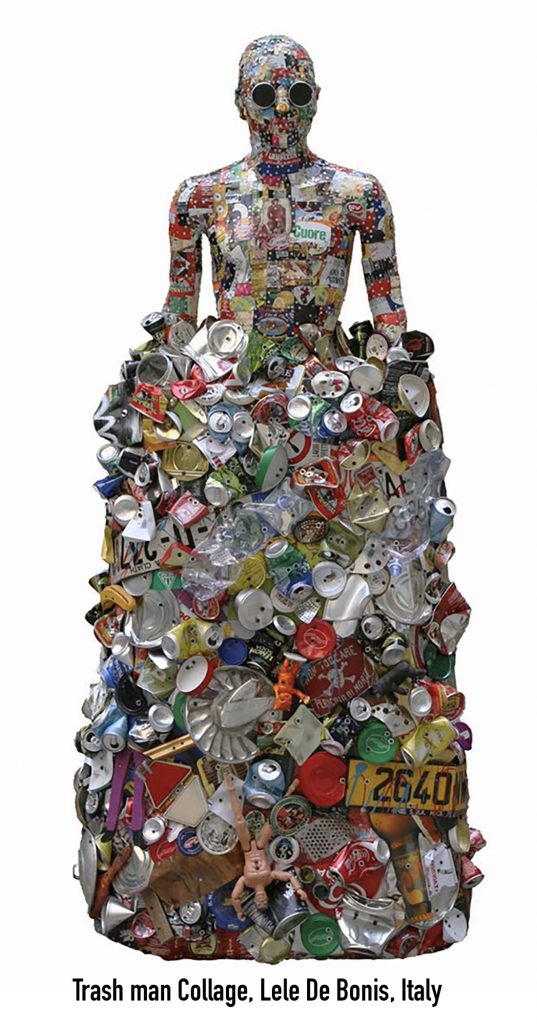
Challenges and benefits of working with recycled materials.
Working with recycled materials presents its own set of challenges and benefits for artists. While the process of repurposing and transforming discarded objects can be rewarding, it also requires a unique set of skills and considerations.
One of the main challenges artists face when working with recycled materials is the inherent limitations of the materials themselves. Unlike working with traditional art supplies, recycled materials often come with imperfections, irregularities, and unexpected limitations. Artists must adapt their creative process to accommodate these constraints, experimenting with different techniques and approaches to achieve their desired outcome.
Another challenge is sourcing and collecting the materials. Artists who work with recycled materials often spend a significant amount of time scouring thrift stores, junkyards, and even trash bins to find the perfect materials for their artwork. This process requires patience, resourcefulness, and a keen eye for spotting potential in the most unexpected places.
However, despite these challenges, there are numerous benefits to working with recycled materials. Firstly, using recycled materials allows artists to make a positive environmental impact by reducing waste and promoting sustainability. By repurposing discarded objects, artists can inspire others to reconsider their relationship with the things they throw away, encouraging a shift towards a more circular economy.
Secondly, working with recycled materials often sparks creativity and innovation. The limitations imposed by the materials themselves can push artists to think outside the box and explore new techniques and approaches. This process of problem-solving and experimentation can lead to unique and groundbreaking artwork that challenges the status quo.
Lastly, working with recycled materials also allows artists to imbue their artwork with a deeper meaning and narrative. Each material carries its own history and story, adding layers of depth and complexity to the artwork. By incorporating these materials, artists can create artwork that not only captivates the viewer visually but also invites them to reflect on broader social and environmental issues.
Inspiring examples of sustainable art masterpieces.
The world of sustainable art is filled with inspiring examples of masterpieces created from recycled materials. These artworks not only showcase the power of creativity but also serve as a catalyst for change and environmental awareness.
One such example is the “Washed Ashore” project, a series of larger-than-life sculptures made entirely from plastic trash collected from beaches. Founded by artist and educator Angela Hazeltine Pozzi, Washed Ashore aims to raise awareness about the impact of plastic pollution on marine life and ecosystems. The sculptures, which include a massive sea turtle, a towering jellyfish, and a majestic coral reef, serve as a stark reminder of the consequences of our throwaway culture. The project has traveled to museums and public spaces around the world, engaging audiences of all ages and inspiring them to take action.
Another remarkable example is the work of Aurora Robson, an artist known for her intricate sculptures made from discarded plastic bottles. Robson transforms these everyday objects into delicate and ethereal creations that resemble sea creatures or organic forms. Her artwork not only draws attention to the issue of plastic waste but also showcases the beauty that can emerge from unconventional materials. By repurposing plastic bottles, Robson challenges our perception of waste and invites us to reconsider our relationship with disposable objects.
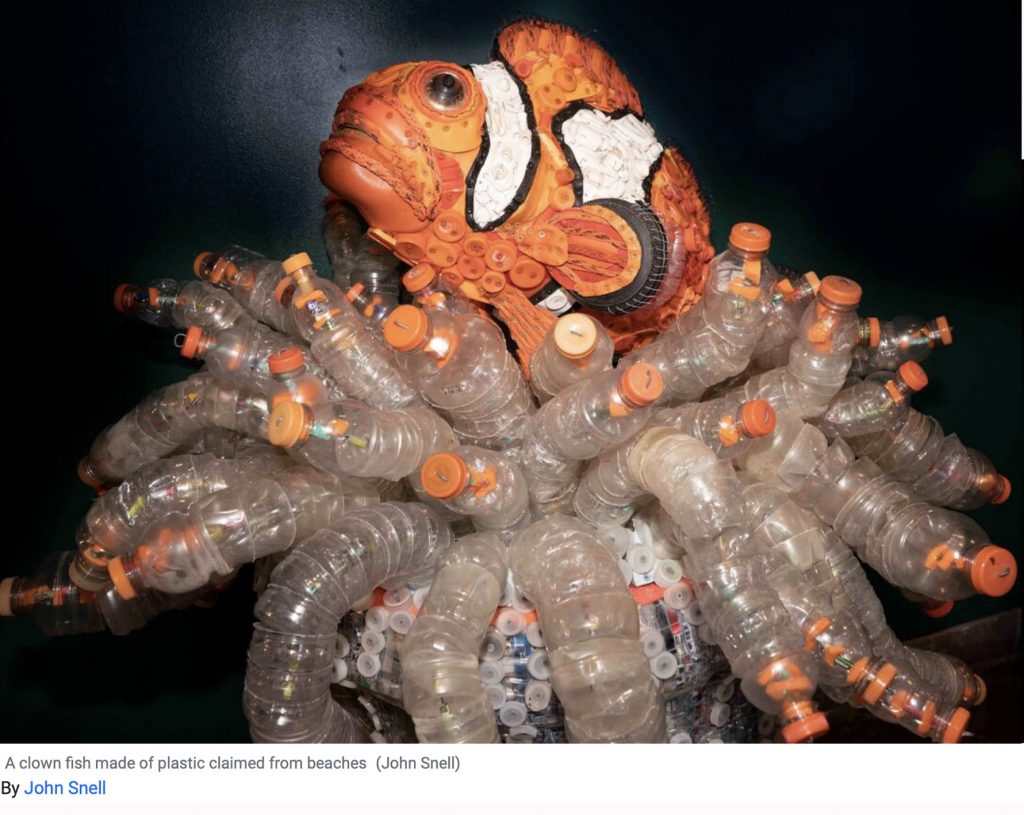
How sustainable art contributes to environmental awareness.
Art has the power to transcend language and cultural barriers, making it an ideal medium for raising awareness about environmental issues. Sustainable art, in particular, serves as a powerful tool for sparking conversations, challenging norms, and inspiring change.
By using recycled materials, sustainable artists draw attention to the issue of waste and consumption. Through their artwork, they encourage viewers to reflect on their own habits and choices, prompting them to question the throwaway culture that has become so ingrained in society. Sustainable art serves as a visual reminder of the impact our actions have on the environment, inviting us to consider more sustainable alternatives.
Moreover, sustainable art also has the ability to engage and inspire people on an emotional level. The beauty and creativity that emerge from recycled materials captivate viewers and draw them into a dialogue about environmental issues. This emotional connection can be a powerful catalyst for change, as it encourages individuals to take action and make more conscious choices in their daily lives.
Promoting and supporting sustainable art.
Promoting and supporting sustainable art is essential for fostering creativity and environmental consciousness. There are several ways individuals and organizations can contribute to the growth and visibility of sustainable art:
- Education: Educating others about the importance of sustainable art and its impact on the environment is crucial. By organizing workshops, exhibitions, and discussions, individuals can help raise awareness and inspire others to explore sustainable art practices.
- Collaboration: Collaboration between artists, environmental organizations, and communities can foster creativity and promote sustainable art initiatives. By working together, these stakeholders can create impactful projects that address local environmental issues and engage the community in meaningful ways.
- Financial support: Supporting sustainable artists financially through grants, commissions, and purchases of their artwork helps sustain their practice and encourages the growth of sustainable art as a whole. Investing in sustainable art not only supports individual artists but also contributes to the wider dialogue about sustainability and the environment.
- Exhibition spaces: Providing exhibition spaces that specifically showcase sustainable art allows artists to reach a wider audience and promote their work. By dedicating gallery spaces or hosting themed exhibitions, venues can help elevate the visibility and recognition of sustainable art.
- Collaboration with industries: Collaboration between sustainable artists and industries can lead to innovative solutions and the development of sustainable products. By working together, artists and industry professionals can find new ways to repurpose and reuse materials, reducing waste and promoting sustainability.
By actively promoting and supporting sustainable art, individuals and organizations can contribute to a more sustainable future and inspire others to make positive changes.
The future of sustainable art.
In a world grappling with environmental challenges, sustainable art offers a glimmer of hope and a powerful medium for change. By repurposing discarded materials and transforming them into stunning masterpieces, artists not only reduce waste but also challenge our perception of beauty and value.
As sustainable art continues to gain recognition and visibility, it has the potential to inspire individuals, communities, and even industries to adopt more sustainable practices. Through their artwork, sustainable artists spark conversations, raise awareness, and ignite a sense of responsibility towards the environment.
The future of sustainable art lies in the hands of both artists and society as a whole. By supporting and promoting sustainable art, we can contribute to a more sustainable future, one where creativity, beauty, and environmental consciousness coexist harmoniously. As we continue to unveil the beauty of artwork crafted from recycled materials, let us also embrace the power of creativity and the transformative potential it holds for our planet. Together, we can create a world where sustainable masterpieces are not just art but a way of life.
